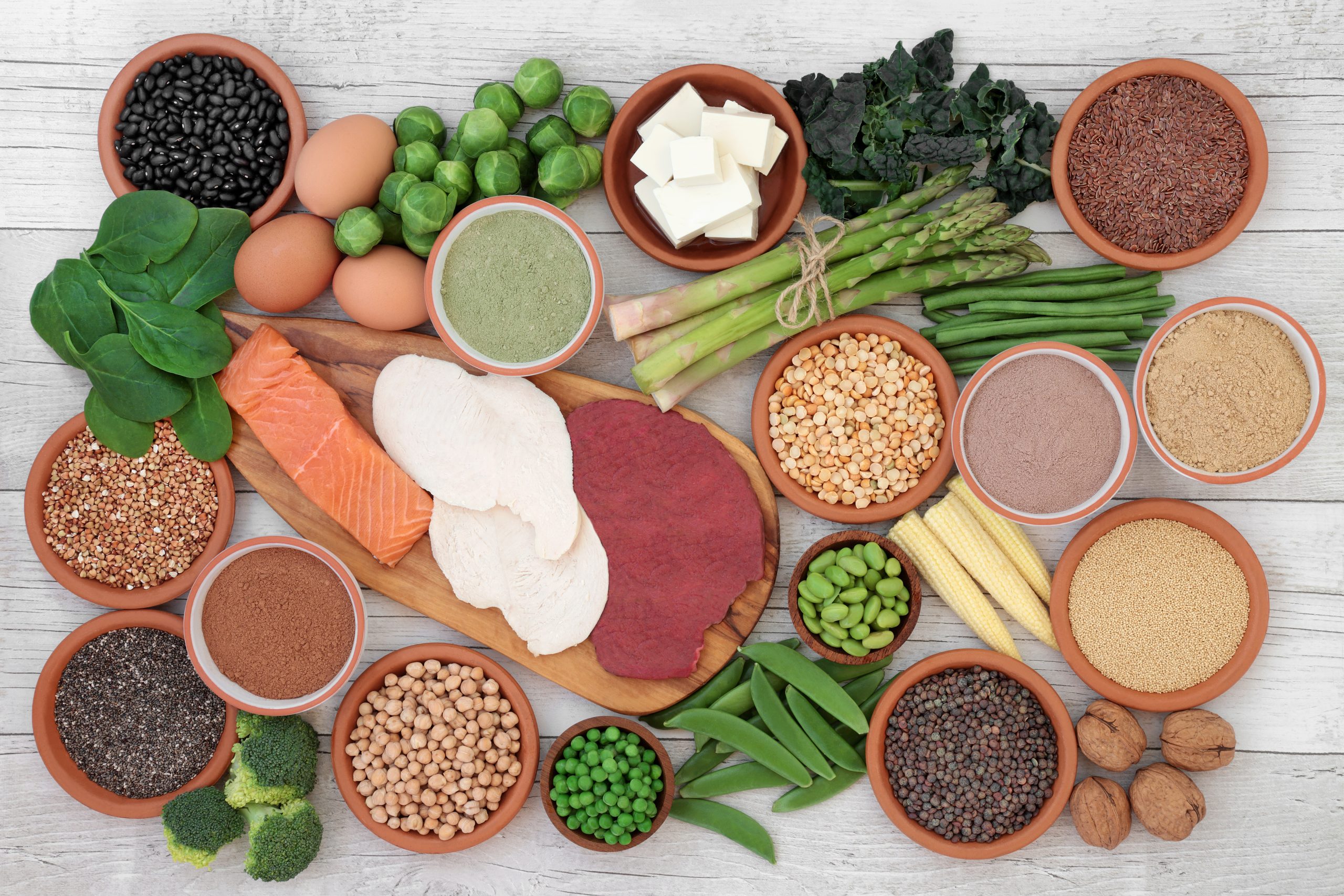When it comes to weight loss, muscle retention, and feeling your best—especially during perimenopause or midlife—getting enough protein is non-negotiable. As a certified nutritionist and someone who has personally lost over 80 lbs in her 40s, I know firsthand how vital it is to hit your daily protein targets. But with so many options on the market, it can get overwhelming to know what kind of protein to reach for. Whether you’re building smoothies, prepping plant-based meals, or navigating supplements, this guide breaks down some of the most common questions I get from clients.
Below are some of the more frequent questions I get on protein powders and vegan protein sources. Let’s review each one:
Q: Which has more protein: silken or firm tofu, and by how much?
This is such a great question because tofu is a staple in many plant-based diets, but not all tofu is created equal.
The key difference lies in the water content: silken tofu has a much higher water content, which means it has significantly less protein per 100g serving compared to its firmer counterpart.
- Silken tofu: ~4-8g of protein per 100g
- Firm tofu: ~8-10g of protein per 100g
If you’re working toward hitting that 1g of protein per ideal body weight (so 130g of protein if your goal weight is 130 lbs), firm tofu gives you more bang for your buck. Silken tofu works beautifully in creamy soups and desserts, but for high-protein meals? Firm tofu is your best friend.
Q: Among the common protein powders, which one delivers the most protein per serving, and how do their digestion and nutritional profiles differ?
Let’s break it down based on absorption rate, completeness, and ideal usage:
1. Whey Protein (Isolate vs. Concentrate)
- Whey Isolate: 25-30g protein per 30g serving
- Leanest, fastest absorbing option
- Low in carbs and fat
- Great for breakfast smoothies, pre/post-workout
- Ideal for muscle growth and fast digestion
- Whey Concentrate: 20-25g protein per 30g serving
- Contains more lactose (may cause bloating)
- Higher in carbs and fat
- Budget-friendly, still effective for muscle recovery
Absorption time: ~2 hours
Best for: Pre/post workout, quick breakfast boosts
2. Casein Protein
- 22-24g protein per 30g serving
- Slower absorption (6-8 hours)
- Ideal for overnight muscle repair
- Great as a nighttime snack for training recovery or between meals
Fun tip: Mix casein with whey for extended muscle protein synthesis (MPS).
Study: Leucine triggers faster MPS
3. Soy Protein
- 20-22g protein per 30g serving
- Complete plant-based protein
- Great for vegans and vegetarians
Note: Some individuals may have sensitivity to soy, so monitor how your body responds.
4. Pea Protein
- 18-21g protein per 30g serving
- Rich in iron
- Medium digestion rate
- Often combined with rice protein for a complete amino acid profile
Not my top pick for breakfast smoothies, but a solid option if dairy is a no-go.
5. Hemp Protein
- 15-18g protein per 30g serving
- Incomplete protein
- High in fiber and omega-3 fatty acids
- Slower digesting, better for nighttime
Bonus: It can help keep you full longer thanks to the fiber content.
So, what should you put in your breakfast smoothie?
- Top choice: Whey isolate – fast absorption, high protein, low fat/carbs
- Vegan pick: Soy protein (complete) or a blend like pea + rice
- Want a mix? Combine whey and casein for both fast and slow absorption
Conclusion: Choosing the Right Protein for Your Goals
There’s no one-size-fits-all answer, but the best protein is the one that fits your lifestyle, digestion, preferences, and goals. As a nutritionist and weight loss coach, I always remind my clients: protein isn’t just for bodybuilders. It’s a key player in metabolism, satiety, lean muscle mass, and hormonal balance—especially as we age. The more intentional you are with your protein choices, the more you support your fat loss, muscle preservation, and long-term health.
Want help building a high-protein day that doesn’t feel restrictive? Reach out—this is what I do with every one of my private coaching clients. You don’t have to guess your way to your goals.
References:


 By Terry Tateossian
By Terry Tateossian
